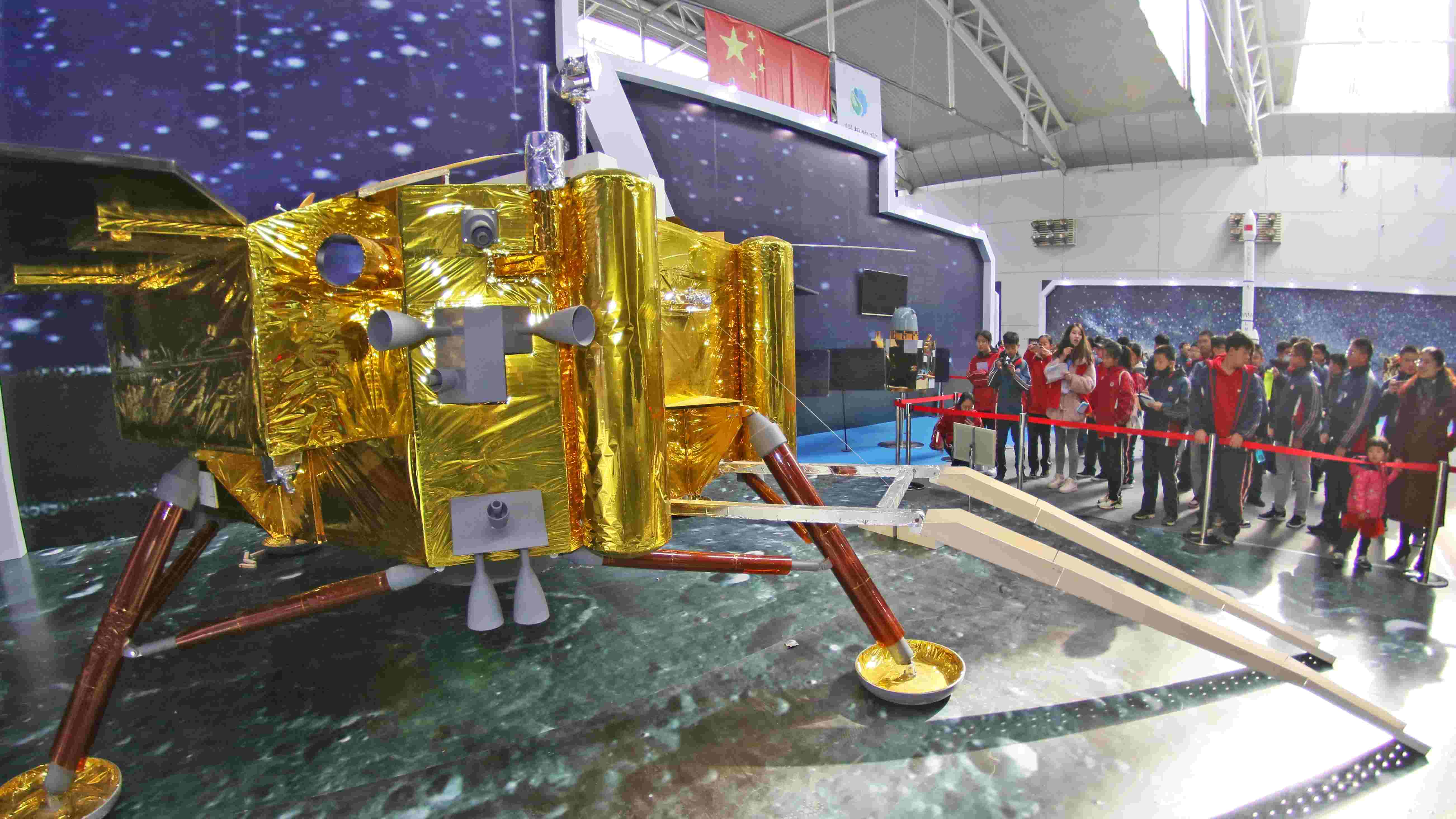
Opinion
13:47, 24-Apr-2019
China's space programs have come a long way
Updated
14:44, 24-Apr-2019
Yang Yuguang

Editor's note: Yang Yuguang is a professor from the China Aerospace Science and Industry Corporation (CASIC) and the vice chair of the International Astronautical Federation Space Transportation Committee. The article reflects his views, not necessarily those of CGTN.
April 24 marks China's Space Day. The country's space industry has been developing for over half a century now.
Today, China has established a comprehensive space industry, which produces not only launch vehicles, satellites, spaceships and space stations, but also all the subsystems, equipments and components.
It now has four satellite launch centers on its mainland with the newest one situated in Wenchang, China's southern Hainan province. It was from there that Long March-5, the largest launch vehicle ever built by China, which ranks among the top three in the world in terms of its capability, lifted off. Today, the Long March carrier rocket series has accomplished more than 300 launches.
China is already a "big power" in the space field. In 2018, it had the biggest number of launches in the world.
It is also the third country in the world that has sent its astronauts into the outer space, and that has accomplished a soft landing on the moon. China has many of earth observation, communications and navigation satellites. In early 2019, it became the first in the world that has sent its robotic probe to the far side of the Moon.
Nevertheless, as revealed in the white paper of China's space activities, China is not an "advanced country" in the area yet. For instance, the former Soviet Union and the U.S. already launched their space stations in the 1970s, while China's space station is planned to be constructed by 2022.

Wu Yanhua (C), vice administrator of the China National Space Administration and deputy chief commander of the China Lunar Exploration Programme, speaks at a press conference about China's moon probe Chang'e 4 in Beijing, January 14, 2019. /VCG Photo
Wu Yanhua (C), vice administrator of the China National Space Administration and deputy chief commander of the China Lunar Exploration Programme, speaks at a press conference about China's moon probe Chang'e 4 in Beijing, January 14, 2019. /VCG Photo
The U.S. astronauts have walked on the Moon 50 years before, while China is still studying how to send their astronauts to the moon. And the interplanetary probes of other countries have already landed on Venus, Mars, comets and asteroids, and even on Titan, the moon of Saturn. Voyager 1 has reached a distance of more than 20 billion kilometers away from the earth; this means China still has a lot to catch up.
For this reason, the country has made ambitious plans. For example, it will continue its construction of Beidou-3 Global Navigation Satellite Constellation, and make it more accurate, easier to deploy, and more reliable.
Its space station will not only become a national science laboratory but also be seen as an important platform for international space cooperation. Although it will not be the biggest space station in the world, it will achieve high efficiency in facilitating scientific research.
In terms of China's lunar exploration, relevant projects will continue after the planned sample return mission near the end of 2019. And it will mainly focus on the study of the South Pole region of the moon.
China will also have its first Mars probe, which will be launched in 2020. The probe will combine an orbiter, a lander and a rover. The country has also planned sample return missions to Mars, and exploration missions to asteroids, the Jupiter system and beyond.
The development of China's space programs has played an important role in the country's economy. Its high definition earth observation program is already able to provide high-quality images of the earth and can be utilized in many economic fields. For example. For example, the images have been used in monitoring the growth of crops, the geographic information systems, etc.
Its communications satellite system has made it possible for many of China's TV stations to broadcast their programs in both urban and remote rural areas. Satellite navigation and downstream services have also grown into a big industry.
The country is firm in developing its space technology, not only because strong space capacities will give a great impetus to the growth of its national economy, but also that achievements in the space sector will amount to an overall progress of China's technology. Moreover, space launches and space exploration missions have attracted young people to choose science and engineering as their career, which is critical for the long-term development of a country's advanced technologies.
(If you want to contribute and have specific expertise, please contact us at opinions@cgtn.com.)

SITEMAP
Copyright © 2018 CGTN. Beijing ICP prepared NO.16065310-3
Copyright © 2018 CGTN. Beijing ICP prepared NO.16065310-3